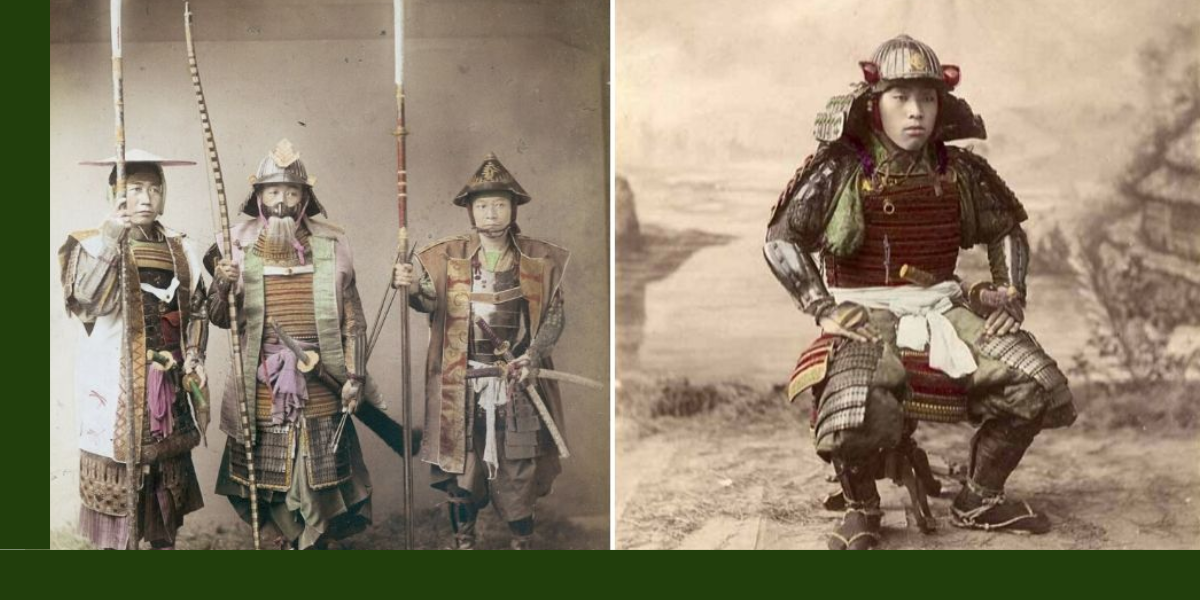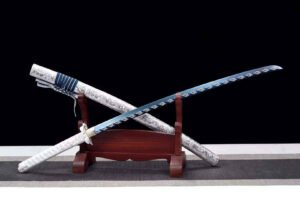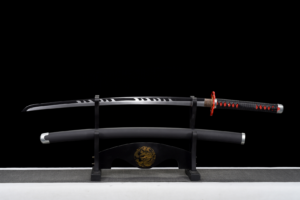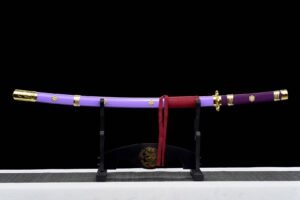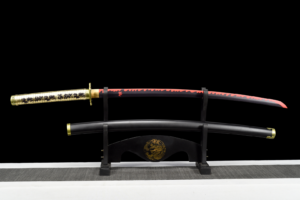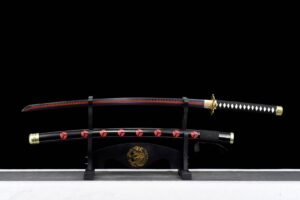Deeply rooted in the archipelago’s history, the samurai is an iconic symbol of Japan. These formidable warriors served powerful lords, the daimyos, and followed a strict code of honor, Bushido. Far from being mere fighters, the samurai played a crucial role in the development of Japanese culture and arts. This article explores the history, training, and importance of the samurai in Japanese society.
What is a Samurai?
The word samurai literally means “one who serves.” The samurai were warriors serving local lords, the daimyos, during Japan’s feudal period. Originally, they were often peasants and artisans who fought under the orders of their lords in exchange for rice. Over time, they joined the imperial court to receive intensive training, becoming elite fighters.
Different Titles
- Rōnin: A masterless samurai, often viewed negatively.
- Hatamoto: A vassal of the shogun, the military ruler of the country.
History: The Rule of the Samurai
Heian Era (794-1185)
Initially, samurai were peasants and artisans. With the rise of the shogunate in the 12th century, they became the warrior elite.
Kamakura Shogunate (1185-1333)
The Minamoto and Taira clans gradually took power, controlling the country and establishing a military dictatorship. Samurai gained hereditary status and social privileges.
Sengoku Era (1467-1615)
During this period of civil war, samurai adhered to the law of the strongest. They quickly rose to the rank of military aristocracy, building numerous castles and dojos.
Edo Era (1603-1868)
Samurai became state officials, leading a more disciplined and wise life. Their role evolved into administrative and bureaucratic functions.
Bushido: The Way of the Japanese Warrior
Bushido, or “the way of the warrior,” is a strict code of honor based on values such as fidelity, loyalty, honesty, and bravery. Influenced by Zen Buddhism, it promotes self-sacrifice for one’s lord. Bushido guides samurai in their spiritual quest, symbolized by the Hagakure, a book intended for warriors.
Samurai Education
Young boys destined to become samurai received rigorous education from an early age. They were trained in martial arts, handling of bladed weapons, mounted archery, wrestling, and horseback riding. In addition to physical training, they learned calligraphy and religion to stimulate their minds. Strict discipline and self-control were essential in their training.
Women Samurai
Onna-bugeisha
Although rare, some women became warriors, protecting their villages in the absence of men. They were trained in the art of combat and used the naginata, a shorter weapon. Notable women include Empress Jingū and Tomoe Gozen, a captain during the Minamoto era.
Samurai Weapons
Armor and Equipment
Samurai wore full armor for protection in battle. The kabuto, a helmet with a visor and mustached mask, protected the head. The body was covered with a cuirass made of steel and leather, and the limbs were protected by iron plates.
Main Weapons
- Katana: The famous samurai sword, symbol of their soul.
- Wakizashi: A shorter blade used for various purposes.
- Tantō: A small dagger used notably for hara-kiri.
- Yumi: A Japanese bow.
- Yari: A spear.
Dissolution of the Samurai Order and Legacy
Meiji Era (1868)
With the Meiji Restoration, the emperor regained power, abolishing the feudal system and the privileges of the samurai. Many joined the noble class of shizoku, but the loss of their stipends and the prohibition of carrying swords in 1876 marked the end of their nobility. The Satsuma Rebellion in 1877 was the last stand of the samurai.
Cultural Legacy
Despite their disappearance as a caste, the samurai left a lasting legacy in Japanese culture. Bushido and the moral values of the samurai still permeate modern Japanese society, especially in martial arts and the collective mindset.
In Summary
The samurai profoundly marked Japanese history and culture. From humble peasants to the warrior elite, they evolved to become symbols of courage, discipline, and loyalty. Their legacy continues to influence contemporary Japan, reminding us of the values of bravery and honor that characterized these legendary warriors.

